Search the Special Collections and Archives Portal
Search Results
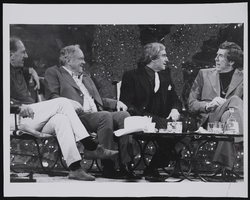
Photograph of Binion and others on the Merv Griffin show, Las Vegas, Nevada, approximately 1960 to 1979
Date
Archival Collection
Description
L-R: Jack Klugman, Benny Binion, Merv Griffin on the Merv Griffin TV show. (1960s-70s)
Image
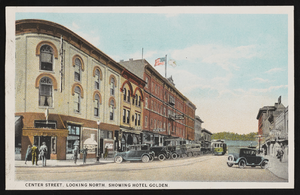
Center Street in Reno, Nevada: postcard
Date
Archival Collection
Description
Image
Marguerite Rice Lyman Papers on Southern Nevada History
Identifier
Abstract
The Marguerite Rice Lyman Papers on Southern Nevada History (1960-1969) consists of six typescripts concerning the history of Nevada. The collection includes information about the Muddy Mission, the history of Spring Valley, Mads Jorgensen, and profiles of Rice family pioneers. It also includes information about Mormon church activities within Nevada.
Archival Collection
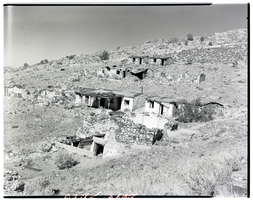
Film transparency of a ghost town, Delamar, Nevada, 1956
Date
Archival Collection
Description
Image
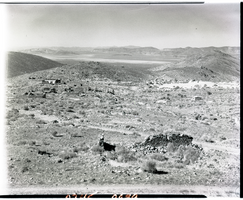
Film transparency of a ghost town, Delamar, Nevada, 1956
Date
Archival Collection
Description
Image

Film transparency of a ghost town, Delamar, Nevada, 1956
Date
Archival Collection
Description
Image
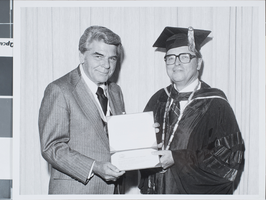
Photograph of commencement for the University of Nevada, Las Vegas, 1979
Date
Archival Collection
Description
A picture of the commencement ceremony at the University of Nevada, Las Vegas. Pictured here are Mahlon Brown (left) and Brock Dixon (right).
Image
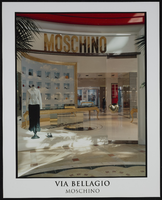
The shopping area in the Bellagio located in Las Vegas, Nevada: postcard
Date
Archival Collection
Description
Image
University of Nevada, Las Vegas Phi Kappa Phi Records
Identifier
Abstract
The University of Nevada, Las Vegas Phi Kappa Phi Records (approximately 1960-2019) consist of meeting minutes, correspondence, financial documents, member lists, programs, newspaper clippings, and photographic prints pertaining to the Honor Society of Phi Kappa Phi Chapter 100 at the University of Nevada, Las Vegas (UNLV). The collection also includes memorabilia from the organization's fiftieth induction ceremony, as well as a framed copy of its charter.
Archival Collection
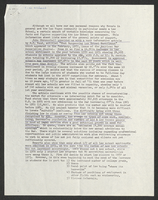
University of Nevada, Las Vegas law school establishment: correspondence and reports
Date
Archival Collection
Description
Folder from the Thomas Hickey Political Papers (MS-00260) -- Topical files and correspondence, Assembly and Senate.
Text
